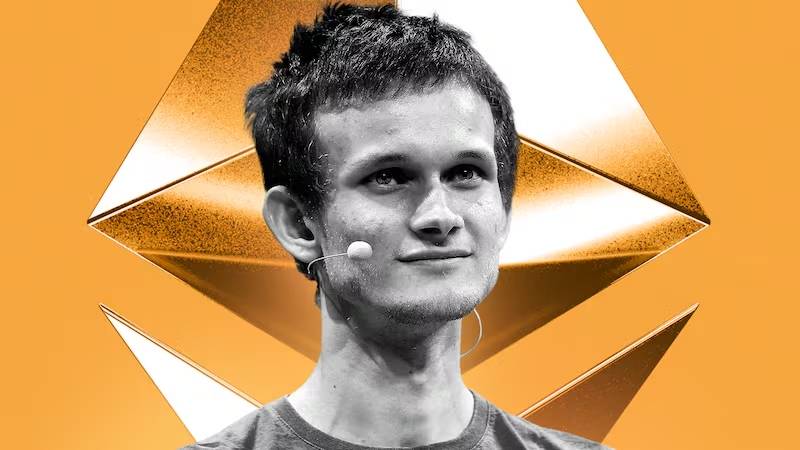Vitalik Buterin: Ethereum Should Pursue Minimalist Design Like Bitcoin for Sustainable Growth

In a move that signals a long-term vision for the Ethereum network, co-founder Vitalik Buterin has called on the blockchain community to reconsider Ethereum’s architectural design, aiming for simplicity and optimization. According to him, learning from Bitcoin’s minimalist model could help Ethereum improve its performance, security, and scalability in the future.
Ethereum is becoming too complex
In a blog post on May 3, Buterin expressed concerns about the increasing complexity of the Ethereum ecosystem. He argued that the current structure is making it difficult for developers, increasing infrastructure costs, and undermining decentralization — one of the core values of blockchain in the first place.
He warned that having a technical system that can only be understood and operated by a small group of experts is creating unhealthy dependencies. This not only limits innovation but also makes the network vulnerable.
"Even a smart high school student can understand the Bitcoin protocol. An independent programmer can write a client as a personal project," Buterin emphasized.
The new direction: simplifying every layer of the protocol
Buterin proposed that within the next 5 years, Ethereum needs to simplify the protocol at all three main layers: the consensus layer, the virtual machine, and the core protocol components.
1. Consensus layer improvements:
He proposed streamlining the finalization mechanism and reducing the number of validators to reduce operating costs and speed up consensus. The fact that the consensus layer is relatively separate from the EVM (Ethereum Virtual Machine) implementation also opens up opportunities for improvements without affecting the core functionality of the network.
2. Refactoring the Ethereum Virtual Machine (EVM):
Buterin proposed the idea of adopting the RISC-V architecture – a simpler and more efficient computing system – as an alternative or parallel execution platform to the EVM. In addition, he proposed replacing complex precompilations with standard on-chain implementations to increase transparency and long-term maintainability.

3. Standardizing protocol components:
Instead of using different tools for the same function, Ethereum should unify standards such as erasure codes, serialization formats, and Merkle trees across the entire network. According to Buterin, this would reduce redundancy, increase interoperability, and improve clarity in the network structure.
Simplification – a new core value of Ethereum?
Vitalik Buterin concluded that simplicity should not be a side note in protocol design, but rather one of Ethereum’s core values, similar to decentralization or security. He believes that this is a sustainable way to make Ethereum more developer-friendly while ensuring the long-term sustainability of the ecosystem.
With this call, Buterin not only sets out a strategic direction for Ethereum, but also sparks a larger community discussion about how to balance innovation and simplicity in an increasingly complex blockchain network.
